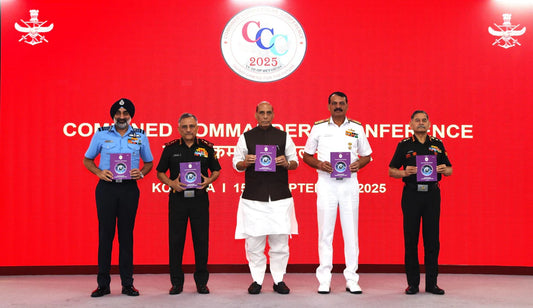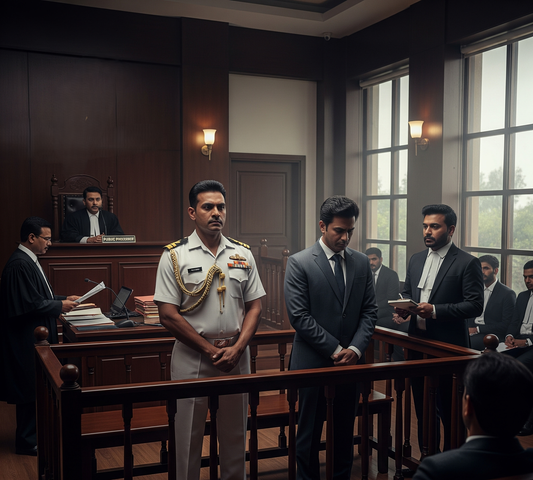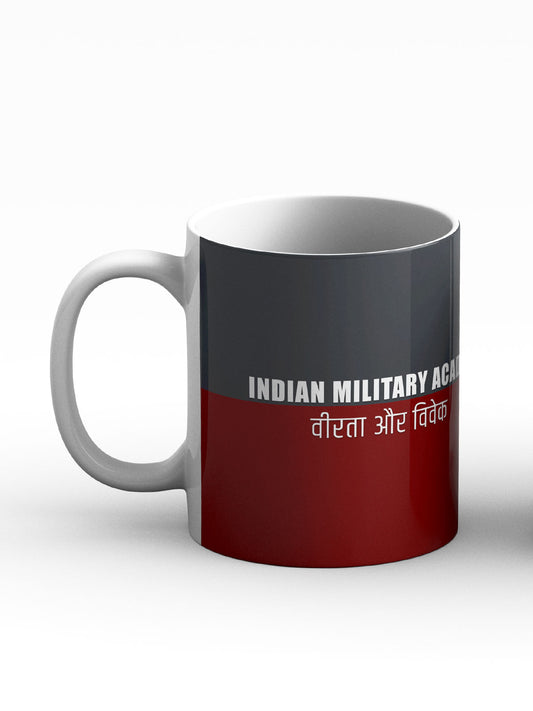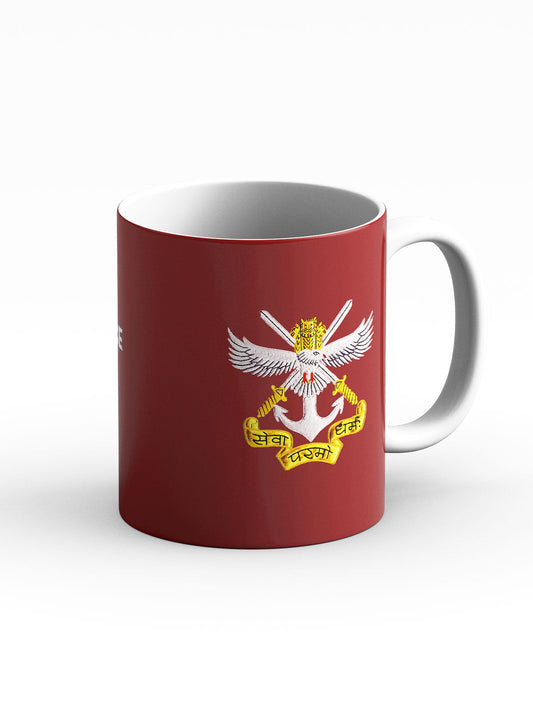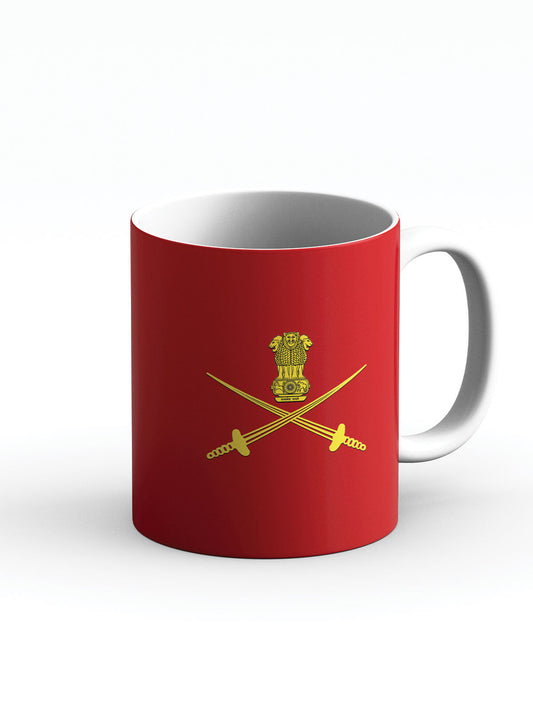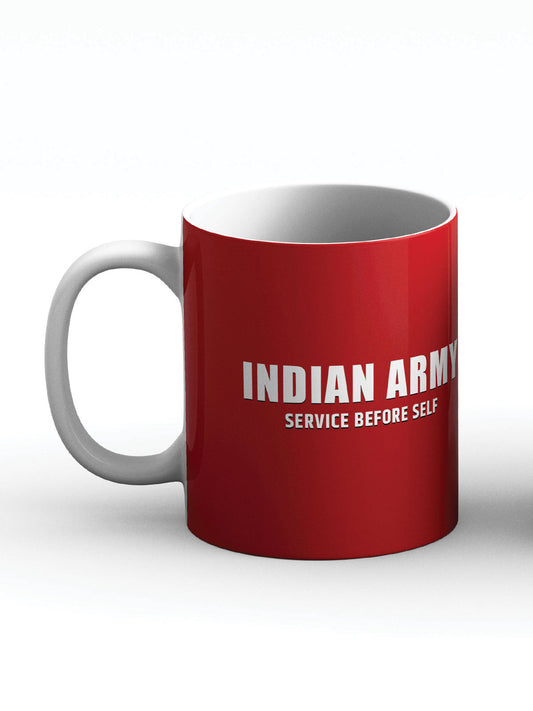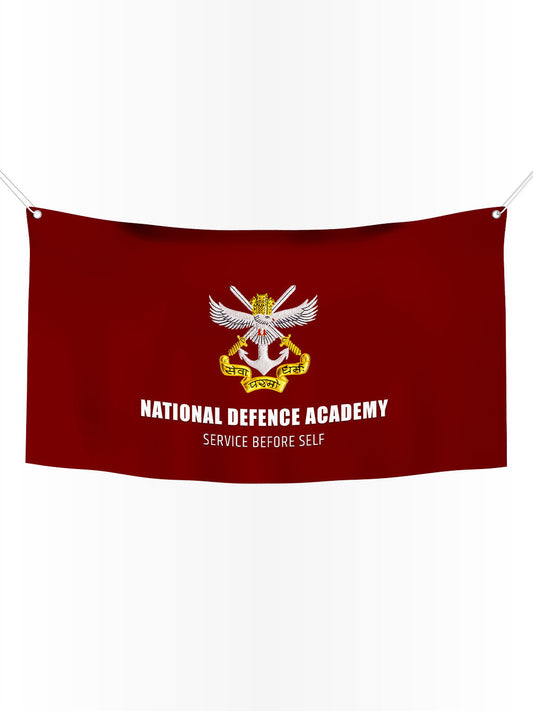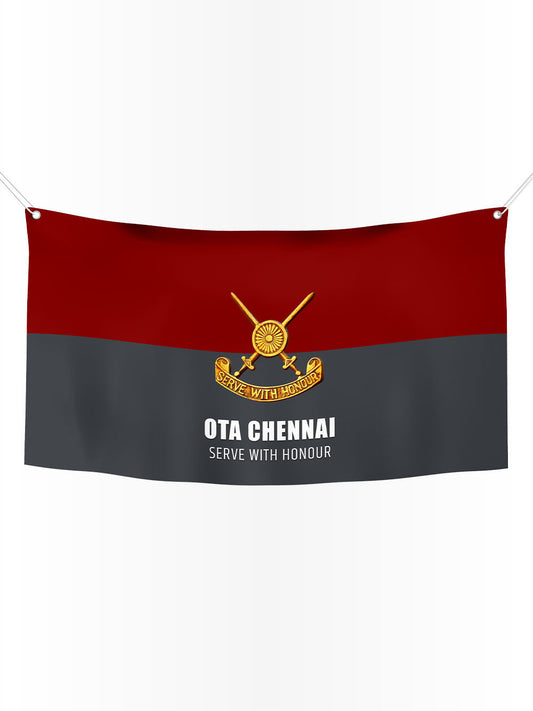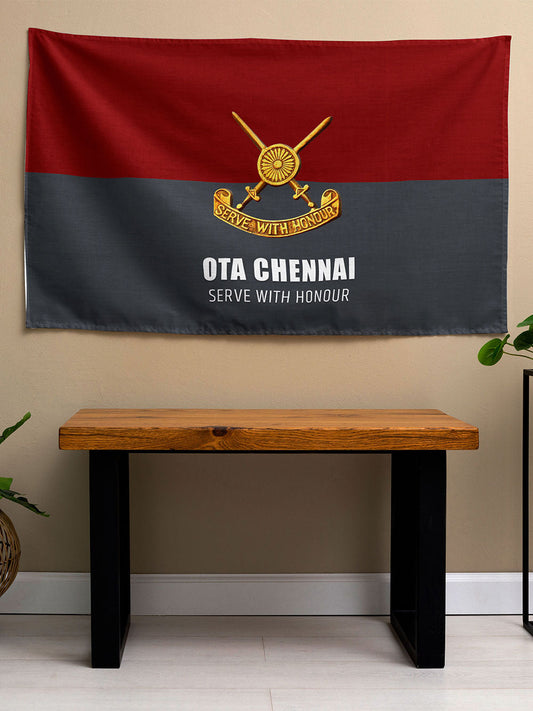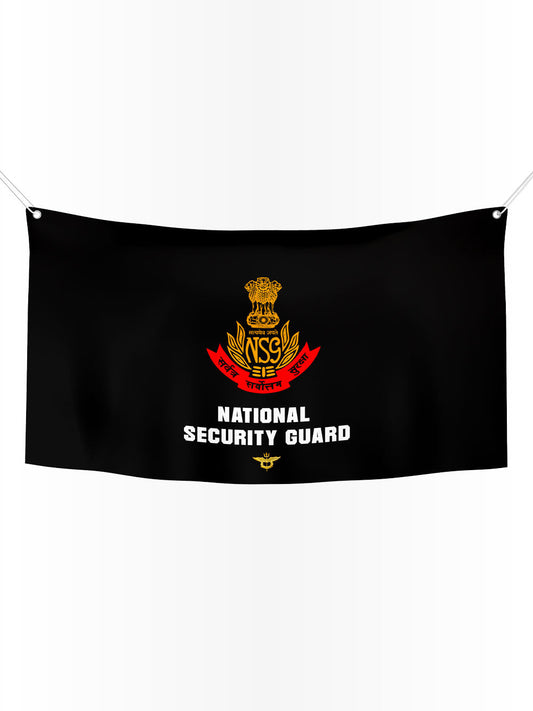Guide to Joining the Indian Army Aviation Corps
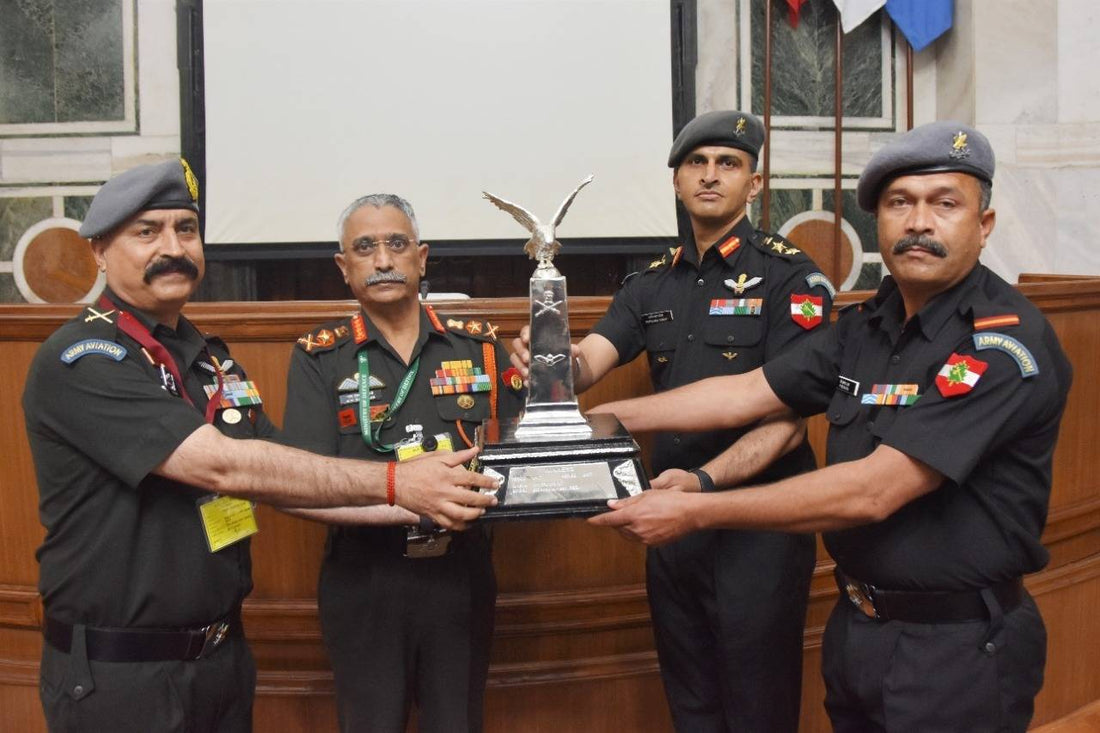
The Indian Army Aviation Corps plays a pivotal role within the Indian Army, executing a variety of tasks including reconnaissance, logistical support, medical evacuation, and combat search and rescue. Officially established in 1986, its roots trace back to aviation units from the World War II era. Over time, it has evolved into a modern force, operating helicopters such as the HAL Dhruv, HAL Cheetah, HAL Chetak, and the Boeing Apache AH-64E, to undertake both military and humanitarian missions in challenging conditions.
Eligibility for joining the Corps requires candidates to be Indian citizens with a higher secondary education in Physics and Mathematics. They must also meet age, health, and physical fitness criteria. Entry routes include the NDA (National Defence Academy), CDSE (Combined Defence Services Examination), Technical Graduate Courses, and special entries via SSC or other technical streams.
Successful candidates face a rigorous selection process that includes written exams, an SSB interview, and a medical evaluation. Training is conducted at the Combat Army Aviation Training School (CATS) in Nashik, where theoretical instruction, simulator and practical flight training, along with leadership and combat readiness modules are provided.
For those aspiring to serve their country while pursuing a career in aviation, the Corps offers an exciting opportunity characterized by adventure, discipline, and honor. This guide outlines the necessary steps, eligibility criteria, selection process, and training involved in joining the Army Aviation Corps.
The origins of the Army Aviation Corps can be traced back to the Army Aviation Wing of the Royal Air Force in India during World War II, initially focused on artillery spotting. Its evolution led to the establishment of the Army Aviation Corps on November 1, 1986.
This young corps quickly demonstrated its capabilities, notably during "Operation Pawan" in Sri Lanka, marking its entry into military aviation operations.

Currently, the Army Aviation Corps is a vital component of the Indian Army, providing crucial support across various missions. Its primary responsibilities include combat search and rescue, medical evacuations, logistical support, and reconnaissance missions.
The Army Aviation Corps manages a diverse fleet of helicopters, each designed for different operational needs. Key aircraft include:
| Aircraft | Type | Speed (Km/h) | Range (Km) | Service Ceiling (m) |
|---|---|---|---|---|
| HAL Dhruv | Multi-role | 250 | 620 | 6000 |
| HAL Cheetah | Utility | 190 | 500 | 5400 |
| HAL Chetak | Transport | 200 | 550 | 3200 |
| Boeing Apache AH-64E | Attack | 290 | 470 | 6000 |
Eligibility Criteria
Candidates aspiring to join the Army Aviation Corps are required to be Indian citizens, with age criteria typically ranging from 19 to 27 years, depending on the entry scheme.
Educational qualifications include completing higher secondary education (10+2) with mandatory subjects in Physics and Mathematics, generally requiring a minimum aggregate score of 50%.
Marital status requirements vary, with some entry schemes requiring candidates to be unmarried, while others may allow married individuals.
Physical and medical standards are stringent, with specific height, weight, and vision requirements as per the Indian Army's medical guidelines.

Entry Schemes Available
Cadets in training can apply for Army Aviation based on their merit, performance, and the availability of vacancies. Serving officers may also apply when vacancies are announced.
The NDA entry is available for those completing their 10+2 education, requiring a written exam and an SSB interview. Graduates can apply through the CDSE conducted by UPSC, followed by the SSB interview. Engineering graduates can apply through the TGC entry scheme, which shortlists candidates based on academic performance for an SSB interview. Candidates from SSC Tech and NCC Special entry schemes can also opt for Army aviation.

Selection Process
Candidates must undertake a written examination, which assesses general knowledge, aptitude, and English proficiency. Official notifications provide details on the syllabus and exam pattern.
The SSB interview is an in-depth evaluation that includes psychological tests, group tasks, and personal interviews, assessing candidates' personalities and suitability for the armed forces.
A comprehensive medical examination ensures candidates meet health standards, including physical measurements and fitness assessments.
After completing the written exam, SSB interview, and medical examination, a merit list is prepared. Final selection is based on candidates' rankings in the merit list and the availability of vacancies.
Training at the Combat Army Aviation Training School (CATS)
Selected candidates undergo intense training at the Combat Army Aviation Training School (CATS) in Nashik, Maharashtra. The program focuses on developing aviation skills, physical fitness, and leadership qualities.
The training includes theoretical classes on aviation principles, practical training with helicopters, simulated flight exercises, and combat training.
Advanced simulators at CATS allow trainees to experience different weather conditions and terrains, enhancing preparedness while minimizing risks during training.
Career Progression
Joining the Army Aviation Corps offers numerous career advancement opportunities. Experienced pilots may assume leadership roles, undertake specialized training, or pursue advanced aviation certifications.
Specialized roles within the Corps include test pilots responsible for evaluating new aircraft, instructor pilots training new recruits, and operational planners involved in strategizing aviation operations.
Challenges Faced by Candidates
Meeting the rigorous physical standards of the Indian Army can be demanding for many candidates. Maintaining optimal fitness is crucial for success in the selection process and training.
The selection process is mentally challenging, requiring candidates to demonstrate resilience and adaptability.
Balancing academic commitments with preparation for entry into the Army Aviation Corps can be challenging for those pursuing a degree.
Also Read: What Is Time Scale Promotion In Indian Army?
The Importance of Preparation
Candidates should use various study resources, including an official syllabus for the written examination, mock tests with previous years' papers, and physical training regimens to meet the Army's physical standards.
Many aspirants benefit from enrolling in coaching institutes that offer structured guidance and mentorship for defense services preparation.
The Role of Women in the Army Aviation Corps
The inclusion of women in the Army Aviation Corps signifies progress towards gender equality in the armed forces. Captain Abhilasha Barak made history as the first woman officer to join the Corps, inspiring many others to pursue aviation.
Female candidates now have opportunities within the Corps, including pilot positions and support roles, enhancing its operational capabilities.
Future of the Army Aviation Corps
The Indian Army is focused on modernizing its aviation capabilities, with plans to introduce advanced helicopters and boost operational efficiency to address evolving challenges.
As the Corps expands its fleet and capabilities, its role in future conflicts and humanitarian missions will be increasingly vital, playing a crucial part in the Indian Army’s strategic framework.
Also Read: 21 Different Indian Army Corps to Choose From While Joining
Conclusion
Joining the Army Aviation Corps offers a unique opportunity to serve the nation while building a career in aviation. Understanding eligibility requirements, navigating the selection process, and committing to intense training are key steps for aspiring candidates to realize their dream of flying with the Indian Army. This journey promises honor, adventure, and service, contributing to the defense and advancement of the country.
